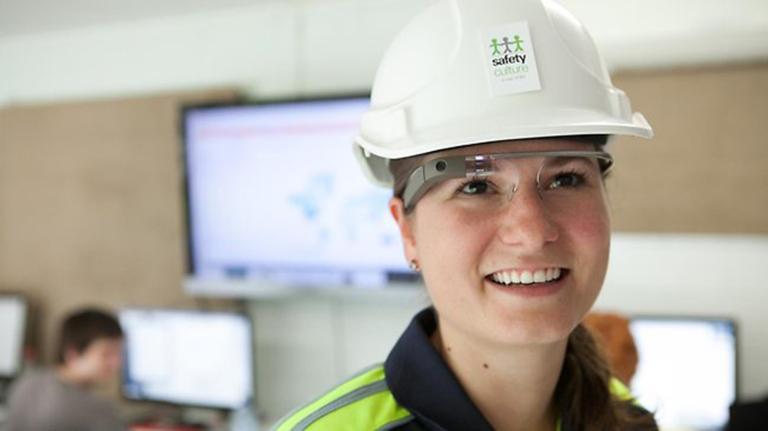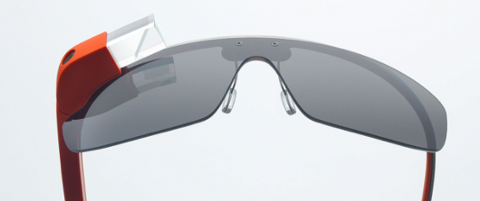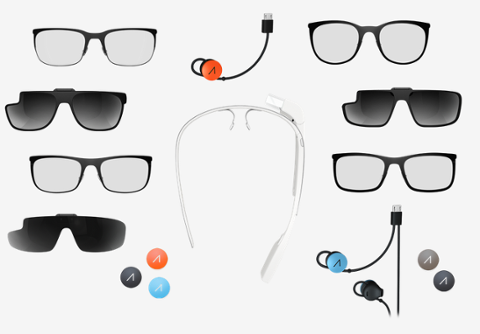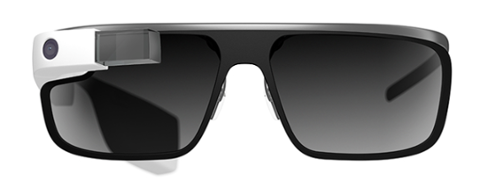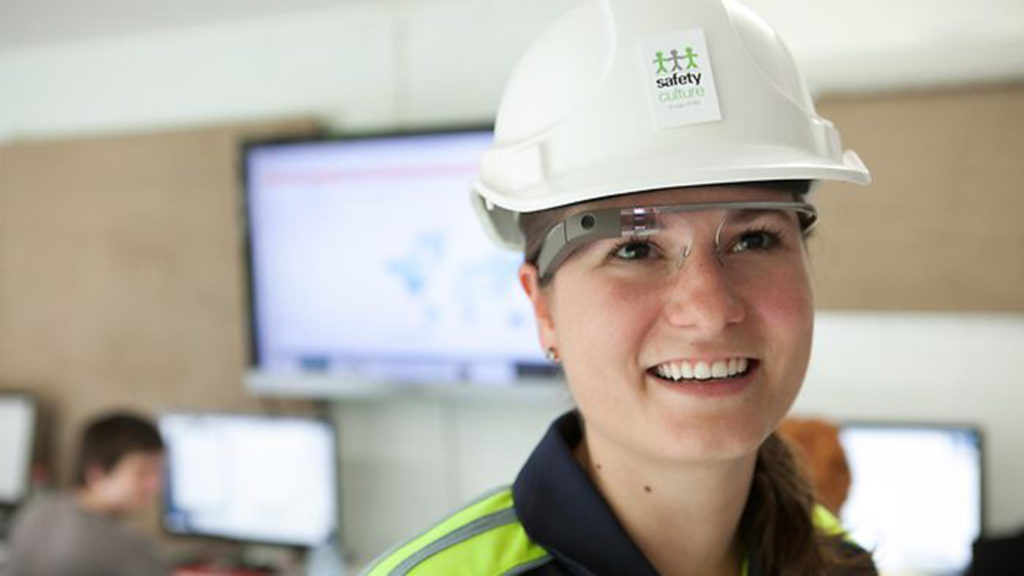
Remember Google Glass? Back in Ye Olden Days of 2013, it seemed that Google Glass might actually become the world’s first breakthrough wearable. Some pundits believed that, within a few short years, the “smart” eyeglasses would become ubiquitous on the streets of San Francisco and New York City. Developers began tinkering with apps for the tiny screen embedded in the lens. Yet by the end of 2014, Google Glass seemed ready for history’s dustbin of dead technology. Maybe it was the widespread fear that a camera you wear on your face would usher in a new, more aggressive surveillance culture; or maybe it was because Google never issued a version cheaper than the $1,500 “developer edition.” In any case, Google (which subsequently rebranded and reorganized itself as “Alphabet”) discontinued selling the device. But now, like a zombie (R.I.P., George Romero), the device is back, this time for businesses: Glass Enterprise Edition, announced this week, isn’t something consumers can just walk into a store and buy, or even order online; different versions are customized specifically for individual businesses, via a series of partners in the healthcare, industrial, and augmented-reality fields. Glass is now officially described as a “very small, lightweight wearable computer” with a “transparent display.” This is a sea change of sorts from the device’s first go-round, when Google pumped a lot of money and effort into framing it (pun intended) as a fashionable wearable, the sort of thing you might slip on before heading to a dinner party. For this next, enterprise-centric iteration, researchers in Alphabet's X research division collected research from various partners about what makes an effective wearable. Because workers will presumably wear Glass for many hours at a time, the new devices are lightweight and comfortable, with increased battery life. There’s a live-streaming capability that allows co-workers to see the Glass wearer’s point of view—useful in an industrial context.
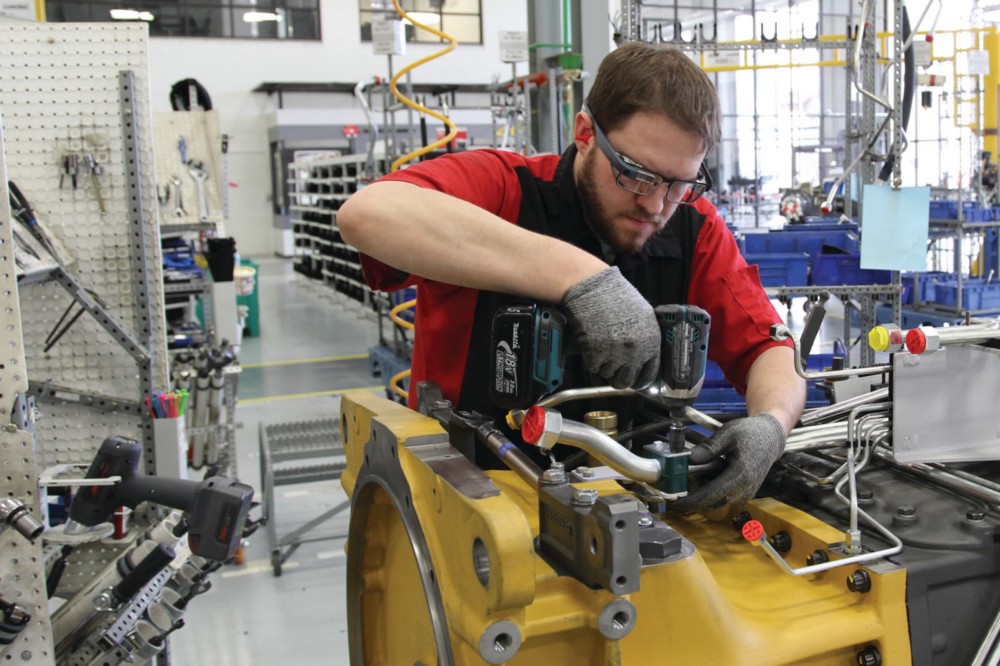
But how will Glass actually make the workplace more efficient? As it turns out, many businesses still rely on paper instructions. At a manufacturing giant like GE, where thousands of workers toil away at complex tasks like building and maintaining jet engines, those instructions can fill huge binders. If workers read directions or see diagrams on an embedded screen, as opposed to pausing to flip through hundreds of pages, they could save a not-insignificant amount of time per shift. Alphabet claims that the use of Glass at AGCO, the agricultural-machine manufacturer, reduced production time for low-volume, complex assemblies by a full 25 percent. This doesn’t mean that developers should dust off their old plans for a Glass app (if they ever considered building such a thing); there’s still no word on a new, consumer-centric version of the device. But for those tech pros involved in advanced manufacturing and other hands-on industries, it’s worth paying attention again to Glass. If your business embraces it, you may end up having to support it.
 Remember Google Glass? Back in Ye Olden Days of 2013, it seemed that Google Glass might actually become the world’s first breakthrough wearable. Some pundits believed that, within a few short years, the “smart” eyeglasses would become ubiquitous on the streets of San Francisco and New York City. Developers began tinkering with apps for the tiny screen embedded in the lens. Yet by the end of 2014, Google Glass seemed ready for history’s dustbin of dead technology. Maybe it was the widespread fear that a camera you wear on your face would usher in a new, more aggressive surveillance culture; or maybe it was because Google never issued a version cheaper than the $1,500 “developer edition.” In any case, Google (which subsequently rebranded and reorganized itself as “Alphabet”) discontinued selling the device. But now, like a zombie (R.I.P., George Romero), the device is back, this time for businesses: Glass Enterprise Edition, announced this week, isn’t something consumers can just walk into a store and buy, or even order online; different versions are customized specifically for individual businesses, via a series of partners in the healthcare, industrial, and augmented-reality fields. Glass is now officially described as a “very small, lightweight wearable computer” with a “transparent display.” This is a sea change of sorts from the device’s first go-round, when Google pumped a lot of money and effort into framing it (pun intended) as a fashionable wearable, the sort of thing you might slip on before heading to a dinner party. For this next, enterprise-centric iteration, researchers in Alphabet's X research division collected research from various partners about what makes an effective wearable. Because workers will presumably wear Glass for many hours at a time, the new devices are lightweight and comfortable, with increased battery life. There’s a live-streaming capability that allows co-workers to see the Glass wearer’s point of view—useful in an industrial context.
Remember Google Glass? Back in Ye Olden Days of 2013, it seemed that Google Glass might actually become the world’s first breakthrough wearable. Some pundits believed that, within a few short years, the “smart” eyeglasses would become ubiquitous on the streets of San Francisco and New York City. Developers began tinkering with apps for the tiny screen embedded in the lens. Yet by the end of 2014, Google Glass seemed ready for history’s dustbin of dead technology. Maybe it was the widespread fear that a camera you wear on your face would usher in a new, more aggressive surveillance culture; or maybe it was because Google never issued a version cheaper than the $1,500 “developer edition.” In any case, Google (which subsequently rebranded and reorganized itself as “Alphabet”) discontinued selling the device. But now, like a zombie (R.I.P., George Romero), the device is back, this time for businesses: Glass Enterprise Edition, announced this week, isn’t something consumers can just walk into a store and buy, or even order online; different versions are customized specifically for individual businesses, via a series of partners in the healthcare, industrial, and augmented-reality fields. Glass is now officially described as a “very small, lightweight wearable computer” with a “transparent display.” This is a sea change of sorts from the device’s first go-round, when Google pumped a lot of money and effort into framing it (pun intended) as a fashionable wearable, the sort of thing you might slip on before heading to a dinner party. For this next, enterprise-centric iteration, researchers in Alphabet's X research division collected research from various partners about what makes an effective wearable. Because workers will presumably wear Glass for many hours at a time, the new devices are lightweight and comfortable, with increased battery life. There’s a live-streaming capability that allows co-workers to see the Glass wearer’s point of view—useful in an industrial context.  But how will Glass actually make the workplace more efficient? As it turns out, many businesses still rely on paper instructions. At a manufacturing giant like GE, where thousands of workers toil away at complex tasks like building and maintaining jet engines, those instructions can fill huge binders. If workers read directions or see diagrams on an embedded screen, as opposed to pausing to flip through hundreds of pages, they could save a not-insignificant amount of time per shift. Alphabet claims that the use of Glass at AGCO, the agricultural-machine manufacturer, reduced production time for low-volume, complex assemblies by a full 25 percent. This doesn’t mean that developers should dust off their old plans for a Glass app (if they ever considered building such a thing); there’s still no word on a new, consumer-centric version of the device. But for those tech pros involved in advanced manufacturing and other hands-on industries, it’s worth paying attention again to Glass. If your business embraces it, you may end up having to support it.
But how will Glass actually make the workplace more efficient? As it turns out, many businesses still rely on paper instructions. At a manufacturing giant like GE, where thousands of workers toil away at complex tasks like building and maintaining jet engines, those instructions can fill huge binders. If workers read directions or see diagrams on an embedded screen, as opposed to pausing to flip through hundreds of pages, they could save a not-insignificant amount of time per shift. Alphabet claims that the use of Glass at AGCO, the agricultural-machine manufacturer, reduced production time for low-volume, complex assemblies by a full 25 percent. This doesn’t mean that developers should dust off their old plans for a Glass app (if they ever considered building such a thing); there’s still no word on a new, consumer-centric version of the device. But for those tech pros involved in advanced manufacturing and other hands-on industries, it’s worth paying attention again to Glass. If your business embraces it, you may end up having to support it. 